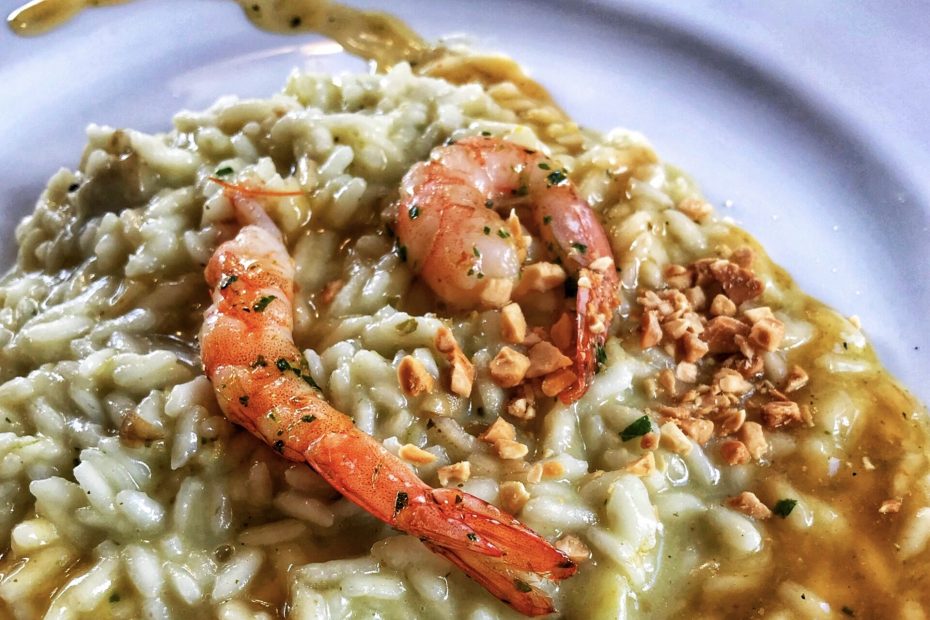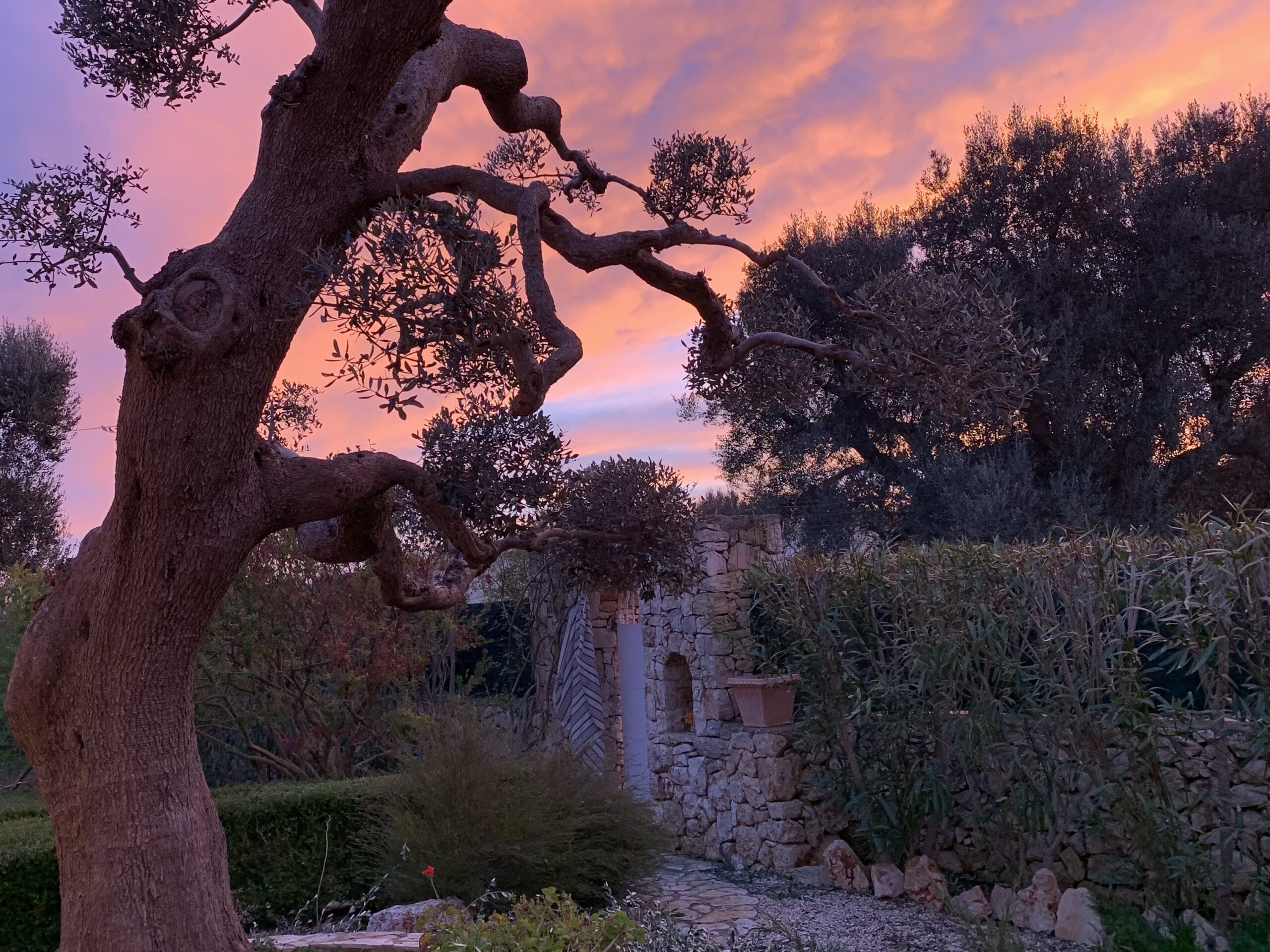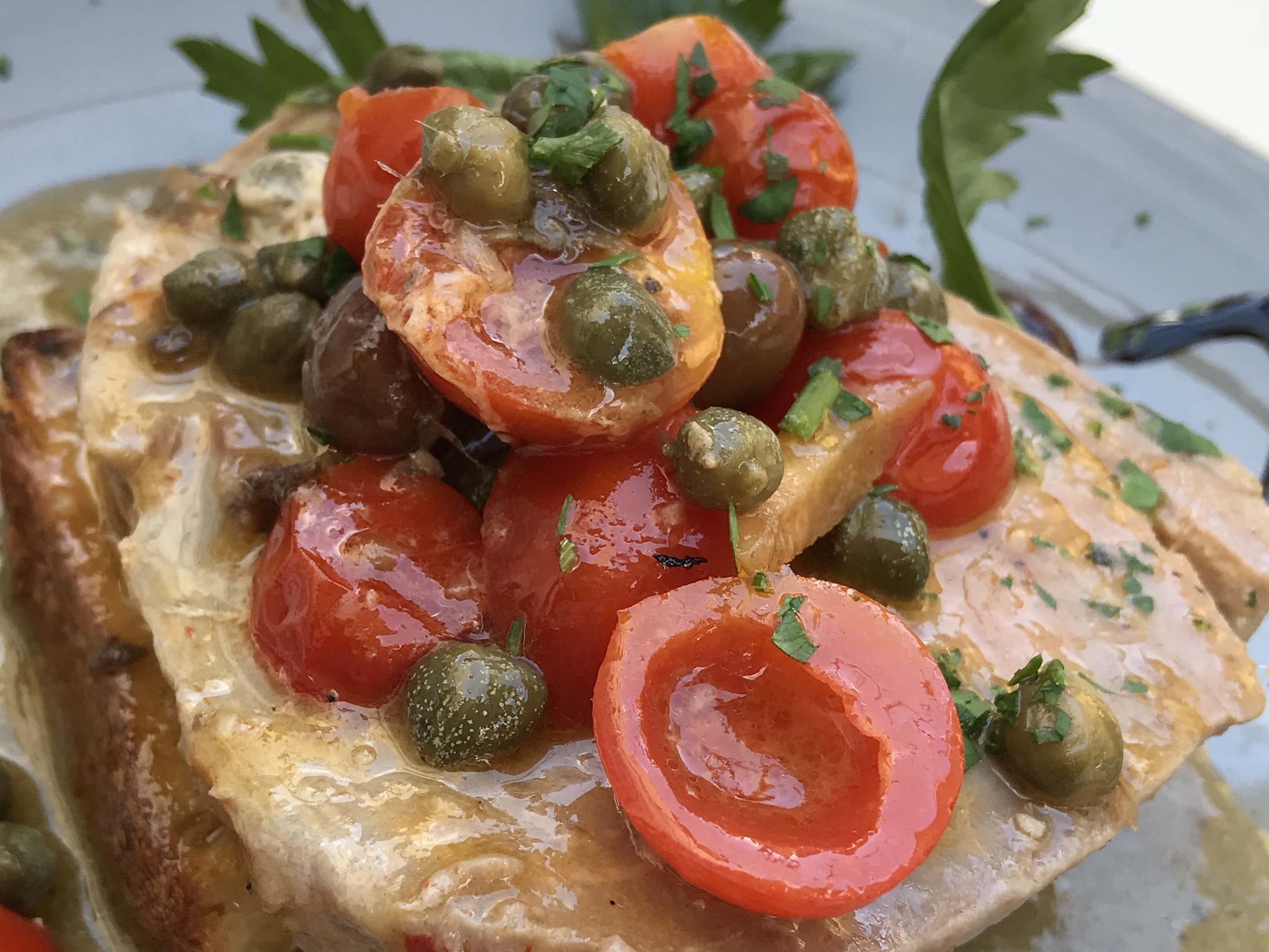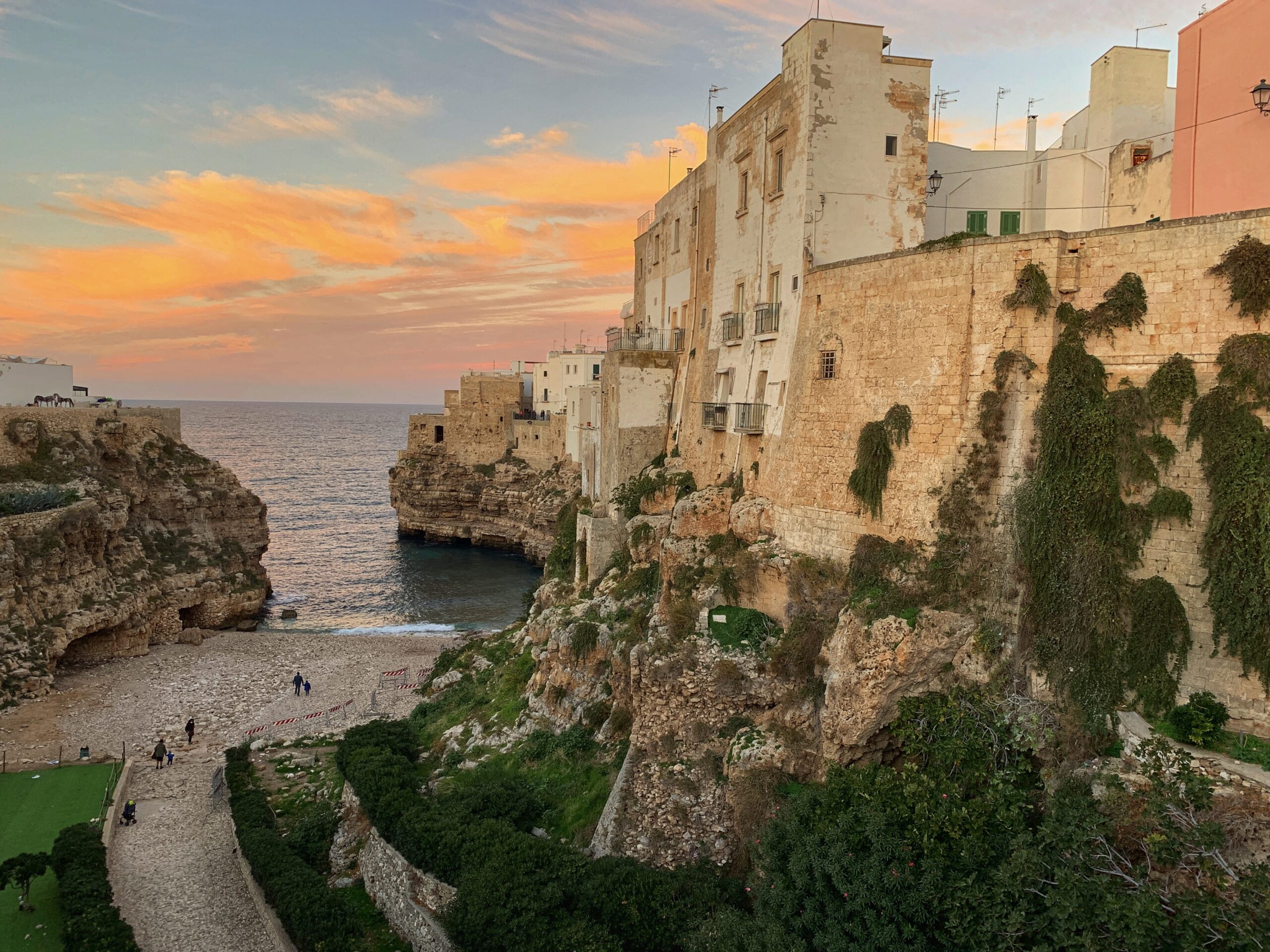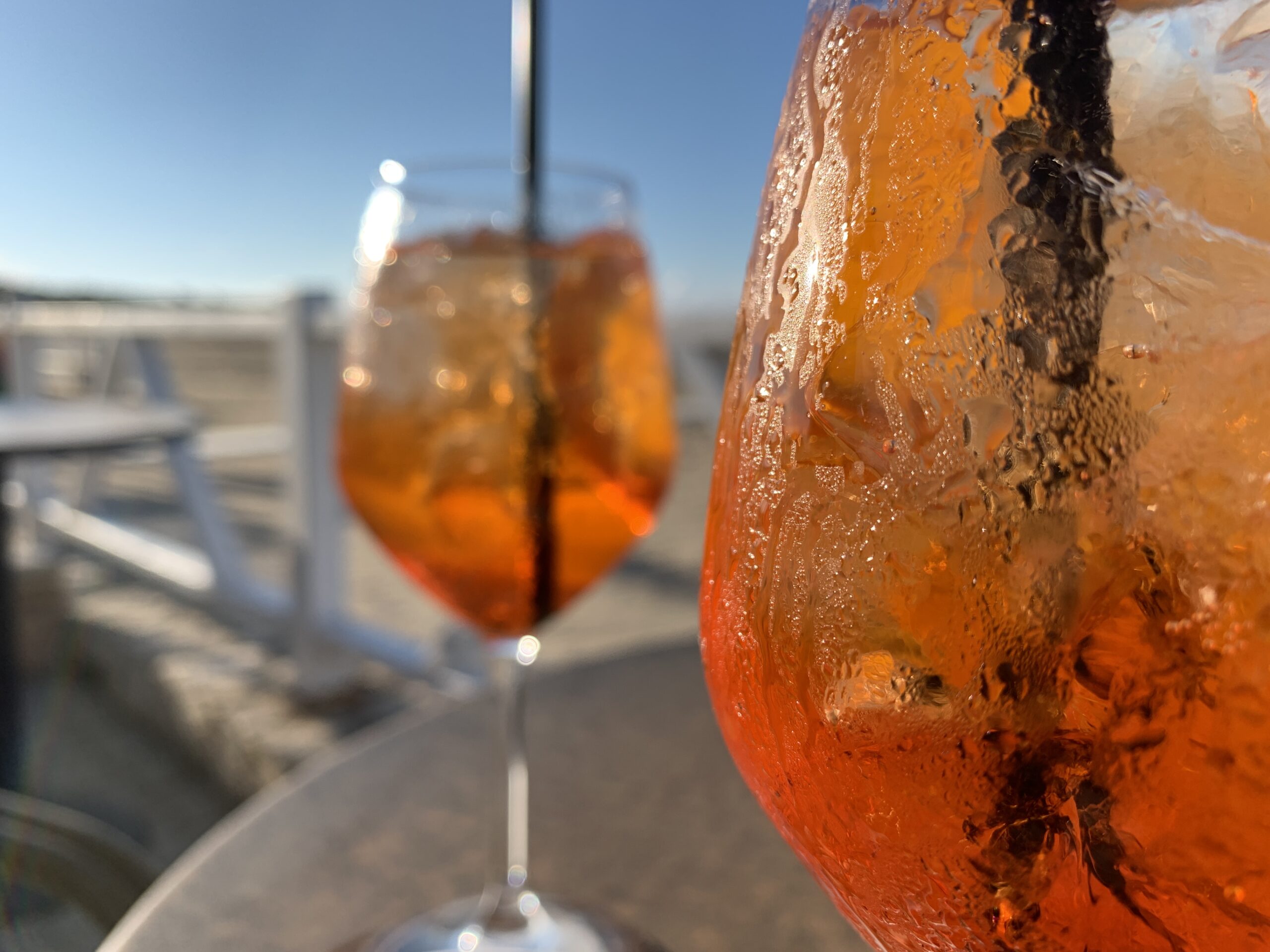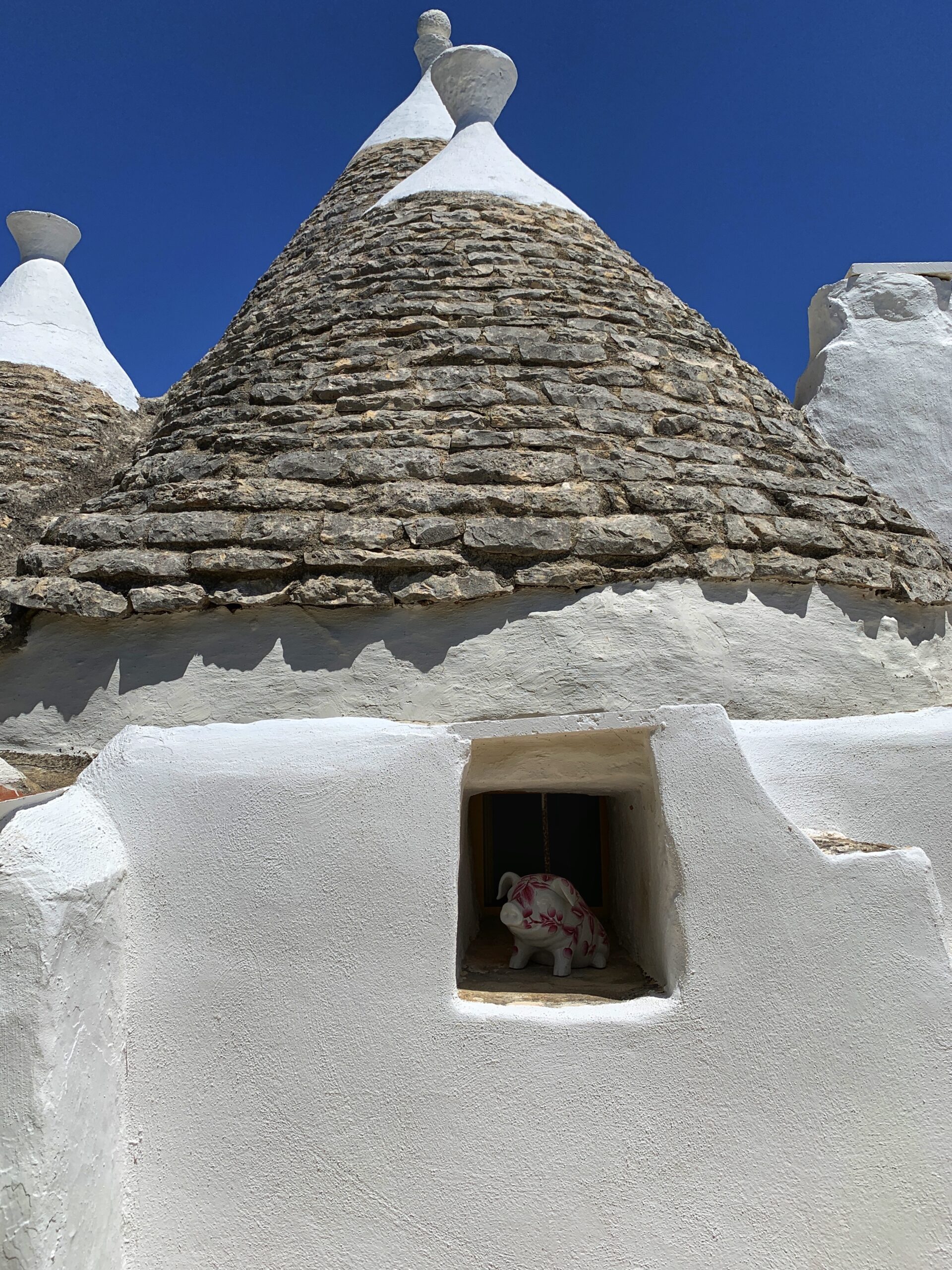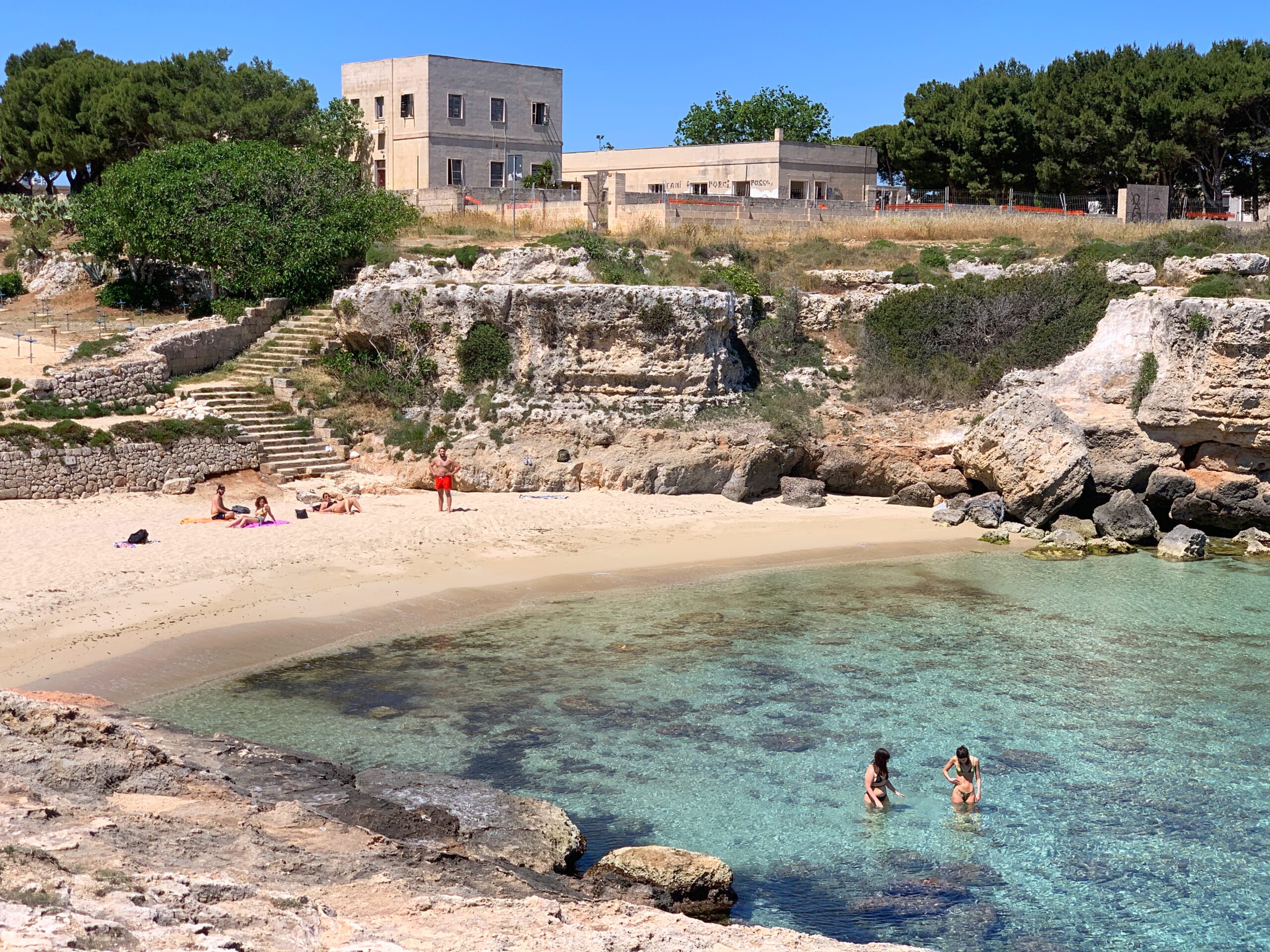The Puglia Kitchen | Risotto
With winter almost upon us we turn to risotto a little more often in the Puglia Kitchen.
Warm, starchy and comforting, quick simple and delicious, it comes in many versions. And even though we cook it more often over these colder months it remains one of Italy’s most versatile dishes taking our seasonal garden ingredients all year round.
To be clear there is risotto and there is the idea of risotto. Starchy does not mean stodgy. Risotto should be a lighter, looser dish. Like this standout risotto from our autumn visit to Masseria Moroseta.
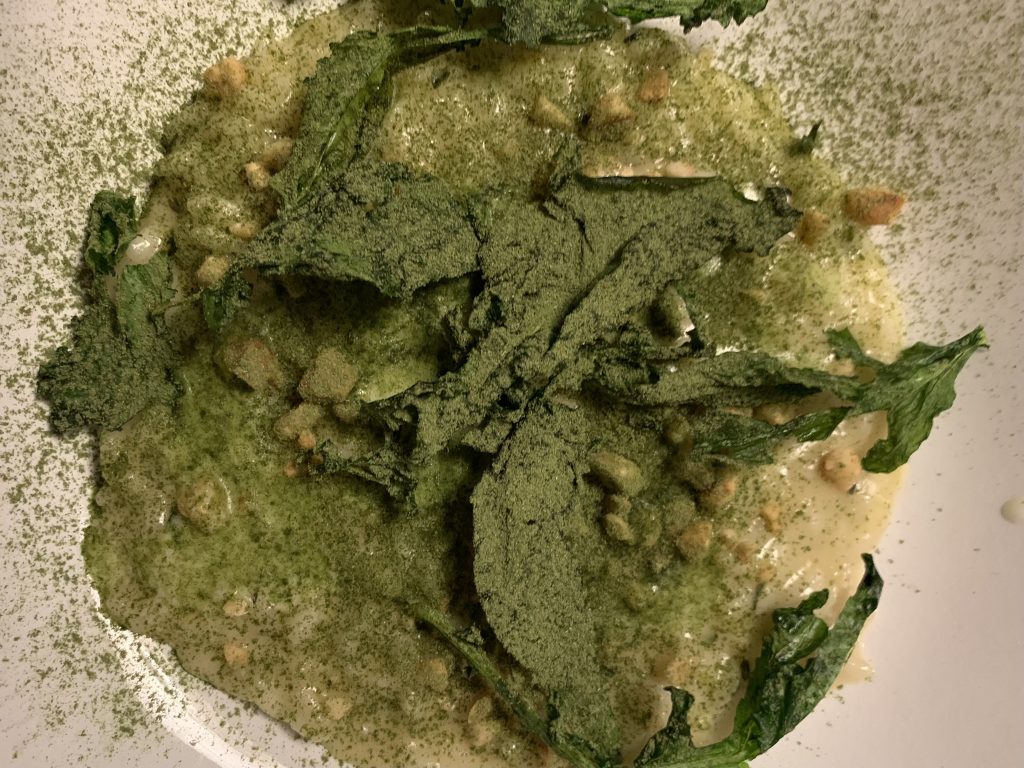
Lightened by a beurre blanc it survived the layers of flavour that could have made it a mess. It was at once delicately scented with lemon and far from overpowered by the canestrato cheese. Leaving the roof of the mouth itching without drowning out the other flavours. Finished with hazelnut, rape leaf that is somewhere between freeze dried and deep fried and powdered spinach.
Then there was a risotto for Easter from an early visit to XFOOD.
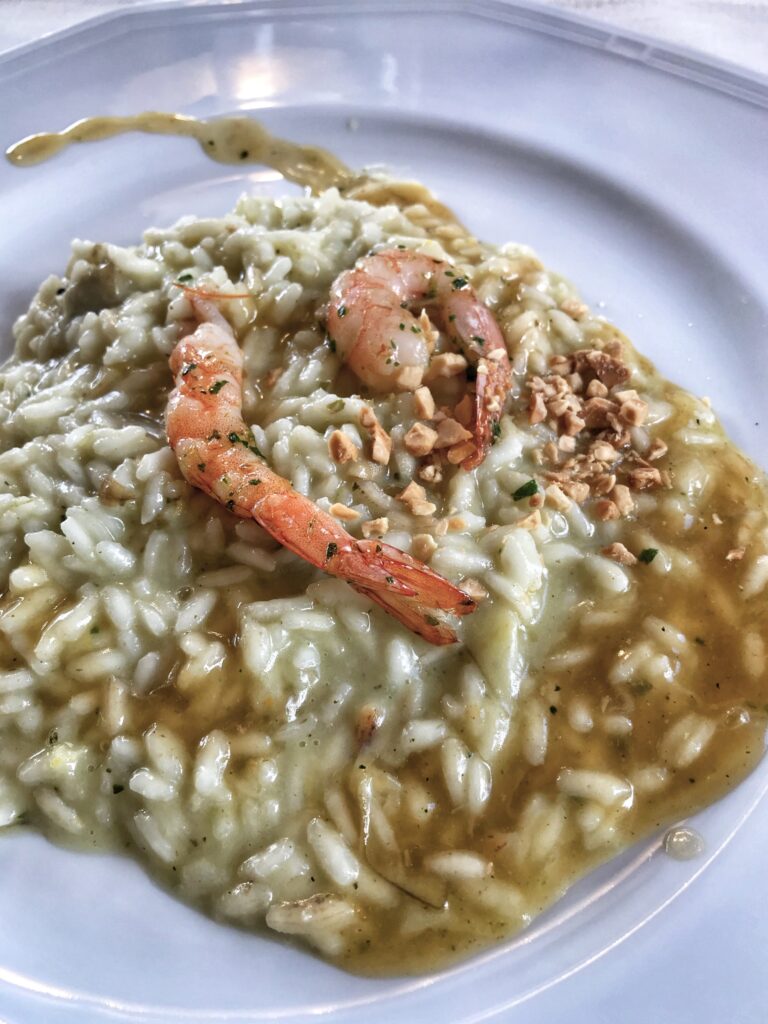
The Puglia Kitchen risotto rules.
Use the right rice.
We choose carnaroli, the most widely used rice in Italian cuisine. Carnaroli is much better for making risotto than arborio rice often suggested - it has a higher starch content and a firmer texture. The longer grain keeps its shape better during the cooking, avoiding the dense and sticky result when using arborio.
Olive oil or butter.
We always cook with the extra virgin olive oil from our own olive grove, a slightly bitter golden oil with a peppery aftertaste (although no two harvests are exactly the same). But - sharp intake of breath - on balance we find that butter adds a nutty undertaste to the necessary and important step of toasting the rice. We tell ourselves that butter, the default fat used in most northern Italian dishes, is the natural companion for the carnaroli grown in the north.
Stock and stir.
The Puglia Kitchen has two important rules for a top risotto.
1. The stock must be kept at a rolling boil. We don’t want the cooking to stop when we add the stock.
2. Keep stirring as you add the stock.
May we introduce you to the girariso. Gira (turn) + riso (rice).
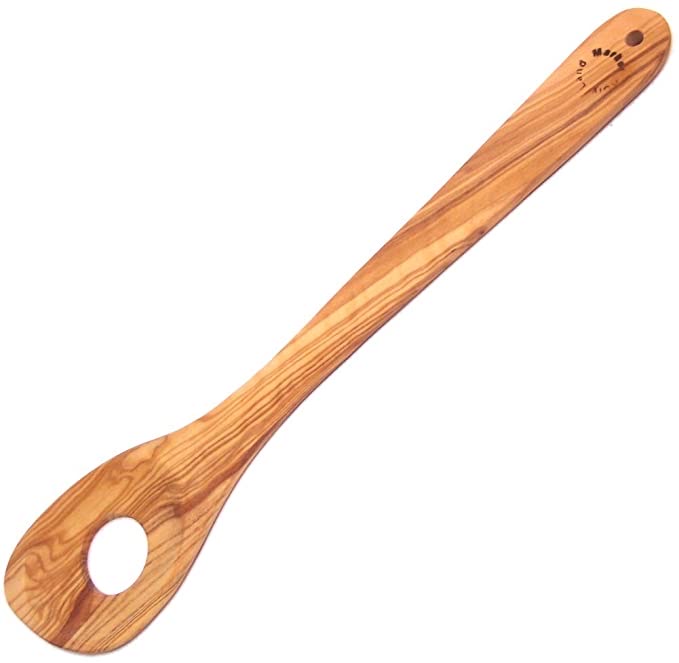
Using a girariso helps keep the grains from breaking apart, avoiding a mushy texture, and increases stirring power; stir one way and the layer of rice above passes through the hole in the opposite direction. This releases the starch more quickly for a shorter cooking time.
Two key steps to a great risotto: the tostatura and the mantecatura.
When the onions are ready, the grains of rice need to be toasted off in the butter, taking care not to let them brown. This makes for a quicker cooking time and a less claggy dish. But take care - too much cooking will seal the starch into the rice and you wont get the creaminess.
Once you have added all the stock and the rice is cooked you are ready for the mantecatura, a furious and rapid beating in of the risotto and butter before finishing and serving.
Finally, we find that a successful risotto is easier when cooked in smaller portions. But you can double our recipe to make a risotto for 4, just be sure to use a wide enough pan.
We use a heavy-bottomed, straight-sided skillet pan in the 10 to 12-inch range.
Risotto for two. Here we go…
Ingredients
onion | one half, finely chopped
butter | 25g unsalted
white wine | 1 glass, dry Italian
stock | 1.25l
carnaroli rice | 200g
butter | 50g unsalted, diced
Parmesan | 50g grated
Method
In a separate pan bring the stock to the boil. We make a full flavoured stock from roast chicken carcass or meat bones left over, and/or garden vegetables. The Puglia Kitchen has a tradition of minimal waste and we also use reserved liquid from canned chickpeas or fagioli (just check that it is not too salty before using) when we have any.
Melt the 25g of butter and soften the onion in a heavy-bottomed pan. Take care not to let it brown as this will cut through the flavour of the risotto. Once translucent add the carnaroli rice.
Turn up the heat, and let the tostatura begin. Coat the grains of rice with the butter, stirring constantly so the rice doesn’t stick and brown. This should be long enough to ensure each grain is heated through, about 2 minutes.
Add the white wine. This should dance and sing when you add it. Keep stirring until this has evaporated. Then start adding the stock, one ladleful at a time. Stir until it has almost been absorbed then add another, and so on. Remember to keep your stock at a rolling boil.
About 12 to 15 minutes in add the stock in smaller amounts as the rice begins to soften. You should notice this happening but to be sure fork out a grain and bite into it. If it needs more cooking it will bite back too hard. Check regularly, until the rice is cooked to taste.
We add any extra ingredients before the mantecatura.
If we are not using up leftovers, meat and seafood is usually sautéed off in another pan. Fresh vegetables are cooked in the last of our stock before it is used up.
Now comes the mantecatura. Add the diced butter, and grated cheese. Beat furiously, until the risotto is rich and creamy. Check the seasoning, then serve immediately.
We garnish with chopped flat-leaf parsley and more grated Parmesan qb (quanto basta - to taste). Sometimes we add some chopped roasted hazelnuts- and even a drizzle of our olive oil.
You can take the boys out of Puglia but you can’t always take the olive oil out of the recipe.
More | visiting Puglia in 2022? Discover Puglia’s best restaurants with our curated guide to our region’s best and the best of our region | learn how to find the perfect base in Puglia for your vacation
